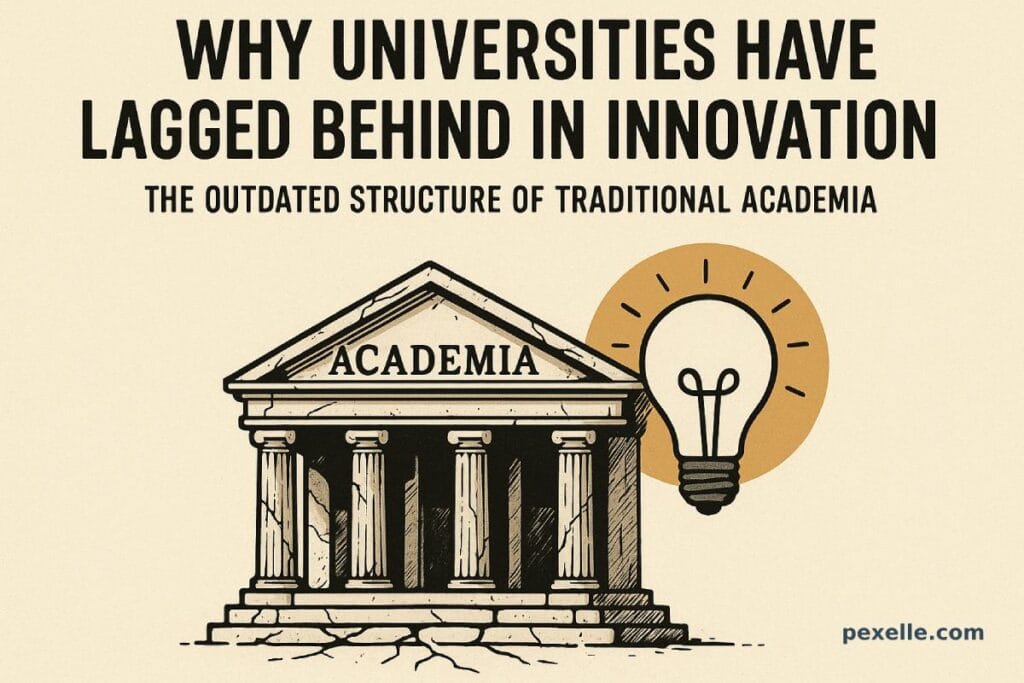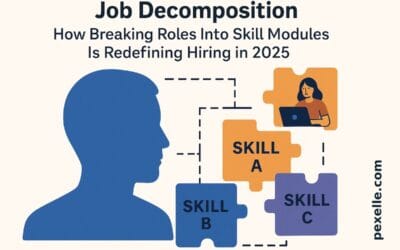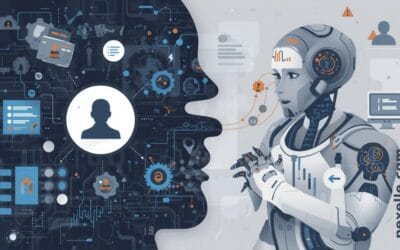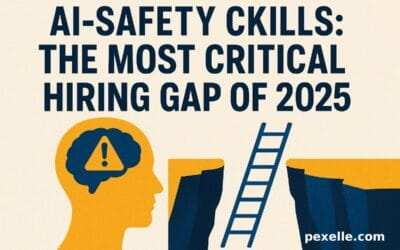Why Universities Have Lagged Behind in Innovation: The Outdated Structure of Traditional Academia

Despite being hubs of knowledge and research, universities themselves have not evolved at the same pace as many of the scientific disciplines they help advance. While technology, medicine, and engineering have witnessed rapid transformation, the educational systems and administrative models governing universities often remain entrenched in traditions developed centuries ago. This growing mismatch between institutional structures and modern realities is now under critical scrutiny.
1. Legacy Systems and Bureaucratic Inertia
One of the primary reasons universities have not modernized significantly is their deep-rooted dependence on legacy systems. Many academic institutions were built around models developed in the 18th and 19th centuries, emphasizing lecture-based teaching, rigid departmental silos, and hierarchical governance. These systems, while functional in the past, are ill-suited for today’s dynamic and interdisciplinary challenges. Bureaucratic inertia — the resistance to change within large, complex institutions — prevents quick adaptation, making it difficult for innovation to flourish within the academic structure itself.
2. One-Size-Fits-All Pedagogy
Traditional universities still rely heavily on standardized curricula, fixed-term semesters, and one-directional lectures. These models often ignore individual learning styles, the rise of microlearning, and the growing need for practical, skill-based education. In contrast, modern learners expect flexibility, personalization, and integration with real-world experiences — features more common in online platforms and bootcamps. As a result, traditional education may fail to equip students with the agility and competencies needed for rapidly changing job markets.
3. Outdated Assessment and Credentialing Systems
Another major drawback lies in how knowledge is measured and certified. Most universities still rely on rigid grading systems, paper-based exams, and time-bound degree programs. These approaches do not reflect actual competence or adaptability, and they often reward memorization over problem-solving or creativity. Furthermore, formal degrees are losing their dominance in a world where skills, portfolios, and alternative credentials (like digital badges or certifications) are gaining traction with employers.
4. Lack of Industry Integration
In many cases, there is a growing disconnect between what is taught in universities and what industries actually need. Curricula are slow to update, and faculty may not have direct exposure to current market demands or technological advancements. While startups and private ed-tech platforms rapidly align their offerings with emerging trends (such as AI, blockchain, or quantum computing), many universities are still teaching outdated content. This gap contributes to underemployment among graduates and questions the relevance of a traditional university education.
5. The Rise of Alternative Learning Models
The internet has democratized access to knowledge. Platforms like Coursera, edX, and Khan Academy — alongside interactive tools like ChatGPT or GitHub Copilot — have empowered self-learners and professionals to bypass traditional institutions. These models offer flexibility, real-time updates, affordability, and global reach. With AI-driven personalization and peer-to-peer learning communities, they often outperform university settings in engagement and practical outcomes. As a result, universities are under pressure to redefine their value proposition.
6. Globalization and the Decentralization of Knowledge
Knowledge creation is no longer confined to elite institutions in developed nations. Open-source communities, independent researchers, decentralized research groups, and citizen scientists now contribute to innovation at scale. This democratization of knowledge challenges the academic monopoly and reveals the inefficiencies and exclusivity embedded in traditional universities. The world increasingly demands decentralized, inclusive, and interdisciplinary approaches — not rigid academic gatekeeping.
✍️ Conclusion
In a world that prizes adaptability, creativity, and collaboration, universities must undergo a radical transformation to remain relevant. That includes rethinking governance, pedagogy, credentialing, and integration with global innovation ecosystems. While their role in research and community development remains vital, the traditional university model — if left unchanged — risks becoming a relic in the age of rapid digital transformation.
Source : Medium.com




